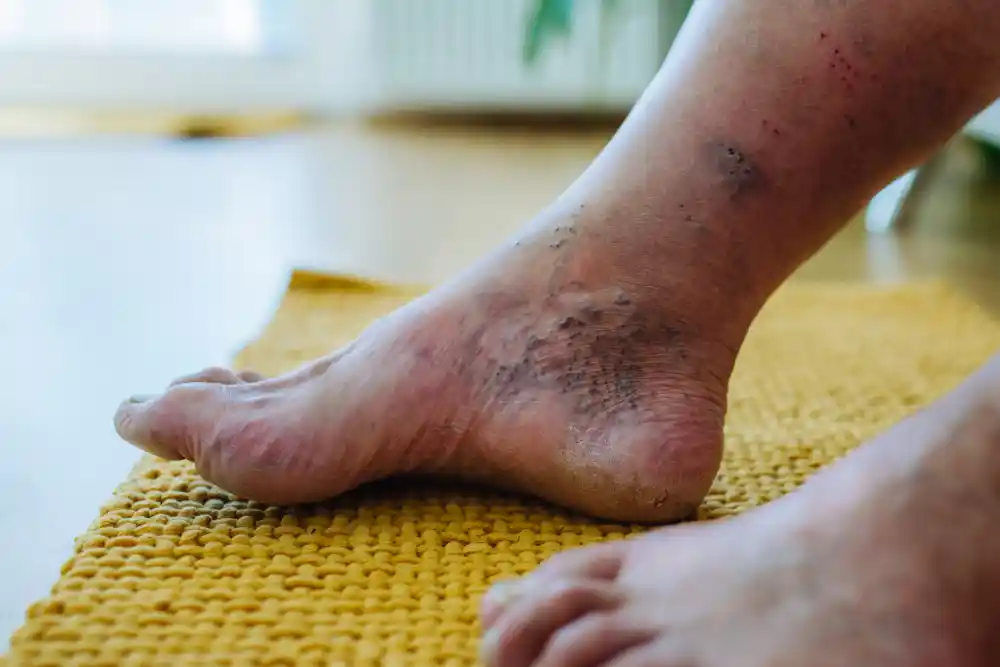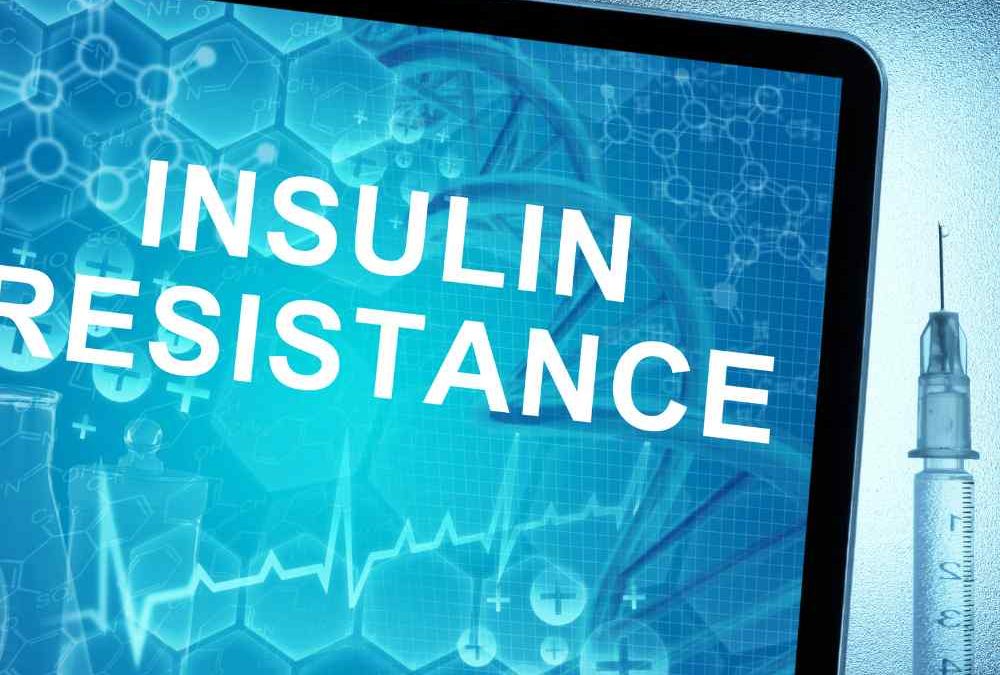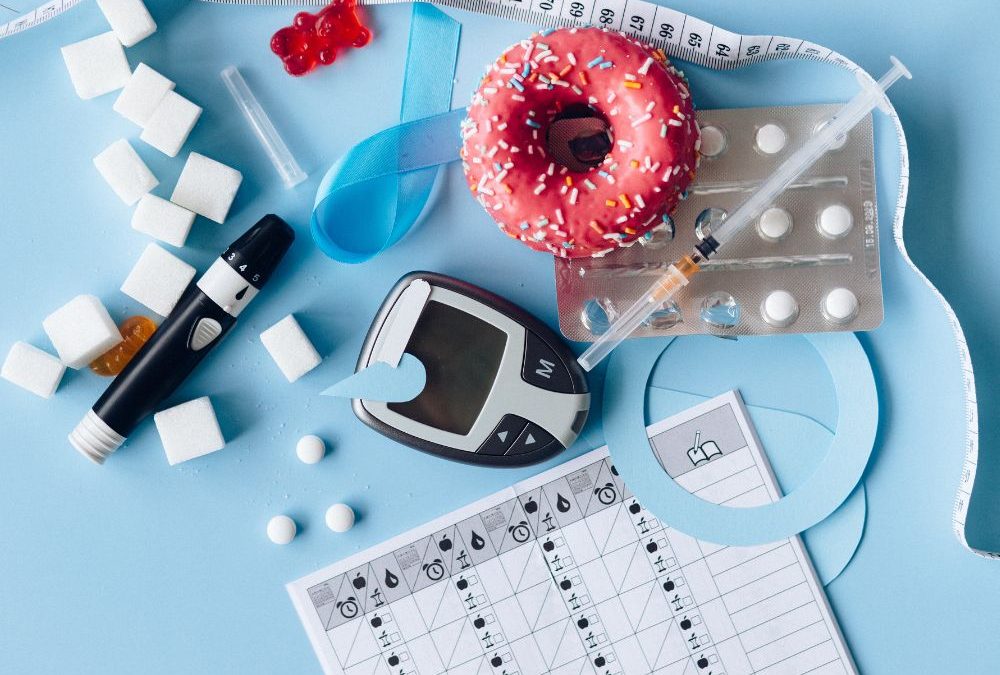Recognizing Diabetes Symptoms: Unmasking the Silent Threat
Introduction
In today’s fast-paced world, it’s easy to overlook the signals our bodies send us. Yet, ignoring those subtle signs can lead to dire consequences, especially when it comes to a condition as prevalent and insidious as diabetes. In this blog post, we will delve deep into diabetes symptoms, uncovering the hidden clues your body might be giving you. By the end of this article, you’ll be equipped with the knowledge to recognize these symptoms early, potentially preventing diabetes-related complications.
Understanding Diabetes
Before we explore the symptoms, let’s briefly understand what diabetes is. Diabetes mellitus, often referred to simply as diabetes, is a chronic condition characterized by elevated blood sugar levels. This occurs when the body either doesn’t produce enough insulin (a hormone that regulates blood sugar) or doesn’t use it effectively. There are two primary types of diabetes: Type 1 and Type 2.
Type 1 Diabetes: This type usually develops during childhood or adolescence. It is an autoimmune condition where the immune system mistakenly attacks and destroys the insulin-producing cells in the pancreas. People with Type 1 diabetes require daily insulin injections to manage their blood sugar levels.
Type 2 Diabetes: This is the more common form of diabetes, often associated with lifestyle factors such as obesity, poor diet, and physical inactivity. In Type 2 diabetes, the body becomes resistant to insulin or doesn’t produce enough of it. It typically develops in adults but is increasingly being diagnosed in children and adolescents.
Now that we have a basic understanding of diabetes let’s dive into the symptoms you should be aware of.
Common Diabetes Symptoms
- Frequent Urination (Polyuria)
One of the earliest signs of diabetes is frequent urination. When blood sugar levels are elevated, the kidneys try to remove excess sugar by excreting it in the urine. This leads to increased urination, particularly at night. If you find yourself making more trips to the restroom than usual, it could be a red flag for diabetes.
- Excessive Thirst (Polydipsia)
Frequent urination often goes hand in hand with excessive thirst. As your body loses fluids through urination, you become dehydrated, triggering an intense thirst. This unquenchable desire for fluids can be a clear indicator of diabetes.
- Unexplained Weight Loss
For some individuals with Type 1 diabetes, unexplained weight loss can be a symptom. When the body doesn’t have enough insulin to convert glucose into energy, it starts breaking down fat and muscle tissue for fuel. This can lead to sudden and unintentional weight loss.
- Increased Hunger (Polyphagia)
Despite eating more than usual, people with diabetes may experience persistent hunger. This is because the body’s cells are not getting the energy they need due to insulin resistance or deficiency, causing an increased demand for nutrients.
- Fatigue
Feeling excessively tired or fatigued, even after a full night’s sleep, is another common symptom of diabetes. The lack of energy in the cells due to high blood sugar levels can leave you feeling drained and lethargic.
- Blurred Vision
Elevated blood sugar can cause changes in the shape of the eye’s lens, leading to blurred vision. This symptom can be particularly alarming if it occurs suddenly and may indicate a spike in blood sugar levels.
- Slow Wound Healing
Diabetes can affect the body’s ability to heal wounds and injuries. If you notice that cuts and bruises are taking longer than usual to heal, it might be a sign of diabetes-related circulation problems.
- Numbness or Tingling
Diabetes can damage nerves, leading to a condition called diabetic neuropathy. This can cause numbness, tingling, or burning sensations, usually starting in the extremities, such as the hands and feet.
- Recurrent Infections
High blood sugar levels can weaken the immune system, making individuals with diabetes more susceptible to infections. Recurrent urinary tract infections, yeast infections, and skin infections can be warning signs.
- Darkened Skin Patches (Acanthosis Nigricans)
Acanthosis nigricans is a skin condition characterized by dark, thickened, and velvety patches, often appearing in the neck, armpits, or groin areas. It is more common in individuals with insulin resistance and Type 2 diabetes.
Conclusion
Recognizing diabetes symptoms early is crucial for effective management and prevention of complications. If you or someone you know is experiencing any of these symptoms, it’s essential to consult a healthcare professional promptly. Diabetes is a manageable condition, and with the right care and lifestyle changes, you can lead a healthy and fulfilling life.
Remember, a simple blood test can diagnose diabetes definitively, so don’t hesitate to seek medical advice if you suspect you may have the condition. By staying informed and proactive, you can take control of your health and potentially avoid the long-term complications associated with diabetes.
References:
- American Diabetes Association. (2021). Symptoms of Diabetes. https://www.diabetes.org/diabetes/symptoms
- Centers for Disease Control and Prevention. (2021). Diabetes Symptoms. https://www.cdc.gov/diabetes/basics/symptoms.html
- Mayo Clinic. (2021). Diabetes Symptoms: When Diabetes Symptoms Are a Concern. https://www.mayoclinic.org/diseases-conditions/diabetes/in-depth/diabetes-symptoms/art-20044248











